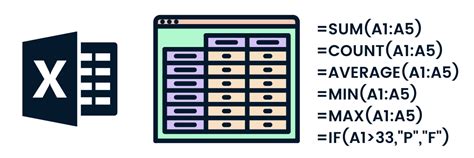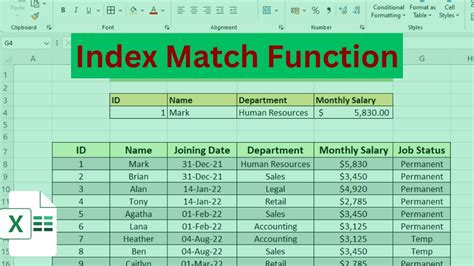Intro
Compare names in Excel sheets efficiently with these 5 expert-approved methods. Discover how to use formulas, conditional formatting, and VLOOKUP to identify duplicates, match values, and merge data. Master Excel name comparison techniques, including exact matches, partial matches, and fuzzy matching, to streamline your data analysis workflow.
Comparing names in Excel sheets is a common task, especially when working with large datasets. Whether you're trying to identify duplicates, merge data from different sources, or perform data cleansing, Excel provides various methods to compare names. In this article, we'll explore five ways to compare names in Excel sheets, along with their advantages and limitations.
Method 1: Using the EXACT Function

The EXACT function in Excel is a simple and straightforward way to compare names. This function checks if two text strings are identical, including case, punctuation, and spacing. The syntax for the EXACT function is:
EXACT(text1, text2)
For example, if you want to compare the names in cells A1 and B1, you would use the following formula:
=EXACT(A1, B1)
If the names match exactly, the formula returns TRUE; otherwise, it returns FALSE.
Advantages and Limitations
Advantages:
- Simple and easy to use
- Case-sensitive, which can be useful when comparing names with different cases
Limitations:
- Does not account for variations in spelling or formatting
- Returns
FALSEif there are any differences in the text strings, including extra spaces or punctuation
Method 2: Using the VLOOKUP Function

The VLOOKUP function in Excel is a powerful tool for comparing names and retrieving data from another table. The syntax for the VLOOKUP function is:
VLOOKUP(lookup_value, table_array, col_index_num, [range_lookup])
For example, if you want to compare the names in cells A1 and B1, and retrieve the corresponding data from column 2 of a table in range C1:E10, you would use the following formula:
=VLOOKUP(A1, C1:E10, 2, FALSE)
If the name in cell A1 matches the name in the first column of the table, the formula returns the corresponding data from column 2.
Advantages and Limitations
Advantages:
- Can retrieve data from another table based on a name match
- Can perform exact or approximate matches using the
[range_lookup]parameter
Limitations:
- Can be slow and inefficient for large datasets
- Returns a
#N/Aerror if the name is not found in the table
Method 3: Using the INDEX-MATCH Function

The INDEX-MATCH function in Excel is a flexible and powerful way to compare names and retrieve data from another table. The syntax for the INDEX-MATCH function is:
=INDEX(range, MATCH(lookup_value, lookup_array, [match_type])
For example, if you want to compare the names in cells A1 and B1, and retrieve the corresponding data from column 2 of a table in range C1:E10, you would use the following formula:
=INDEX(E1:E10, MATCH(A1, C1:C10, 0))
If the name in cell A1 matches the name in the first column of the table, the formula returns the corresponding data from column 2.
Advantages and Limitations
Advantages:
- More flexible and powerful than the VLOOKUP function
- Can perform exact or approximate matches using the
[match_type]parameter
Limitations:
- Can be more complex and difficult to use than the VLOOKUP function
- Returns a
#N/Aerror if the name is not found in the table
Method 4: Using the Fuzzy Lookup Add-in

The Fuzzy Lookup Add-in in Excel is a powerful tool for comparing names and performing fuzzy matches. The add-in uses a combination of algorithms and techniques to match names based on similarity, rather than exact spelling.
Advantages and Limitations
Advantages:
- Can perform fuzzy matches and account for variations in spelling and formatting
- Can be used to match names from different cultures and languages
Limitations:
- Requires the Fuzzy Lookup Add-in to be installed and configured
- Can be slow and inefficient for large datasets
Method 5: Using Power Query

Power Query is a powerful data manipulation and analysis tool in Excel that can be used to compare names and perform data cleansing. Power Query uses a combination of algorithms and techniques to match names based on similarity, rather than exact spelling.
Advantages and Limitations
Advantages:
- Can perform fuzzy matches and account for variations in spelling and formatting
- Can be used to match names from different cultures and languages
Limitations:
- Requires Power Query to be installed and configured
- Can be slow and inefficient for large datasets
Name Comparison Image Gallery










In conclusion, comparing names in Excel sheets can be a challenging task, but there are various methods and tools available to help. From simple formulas like EXACT and VLOOKUP to more advanced tools like Power Query and fuzzy lookup add-ins, the right approach depends on the specific requirements of your project. By understanding the advantages and limitations of each method, you can choose the best approach for your needs and improve the accuracy and efficiency of your name comparison tasks.
